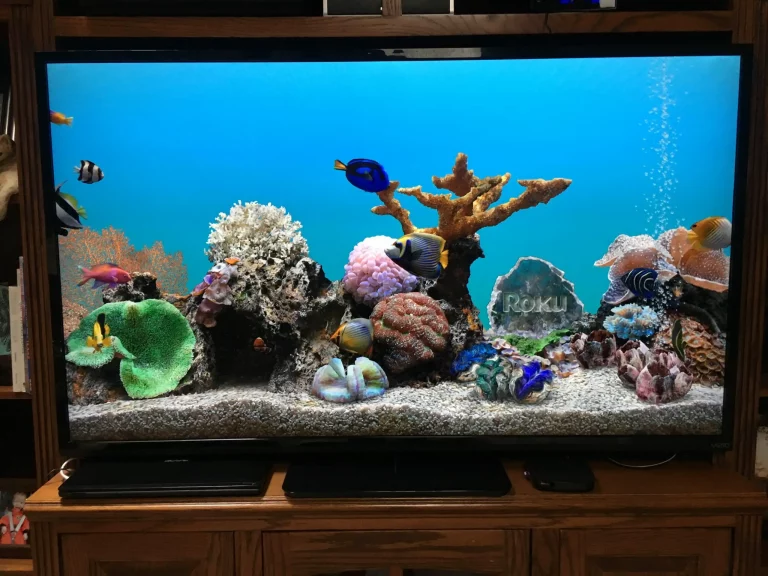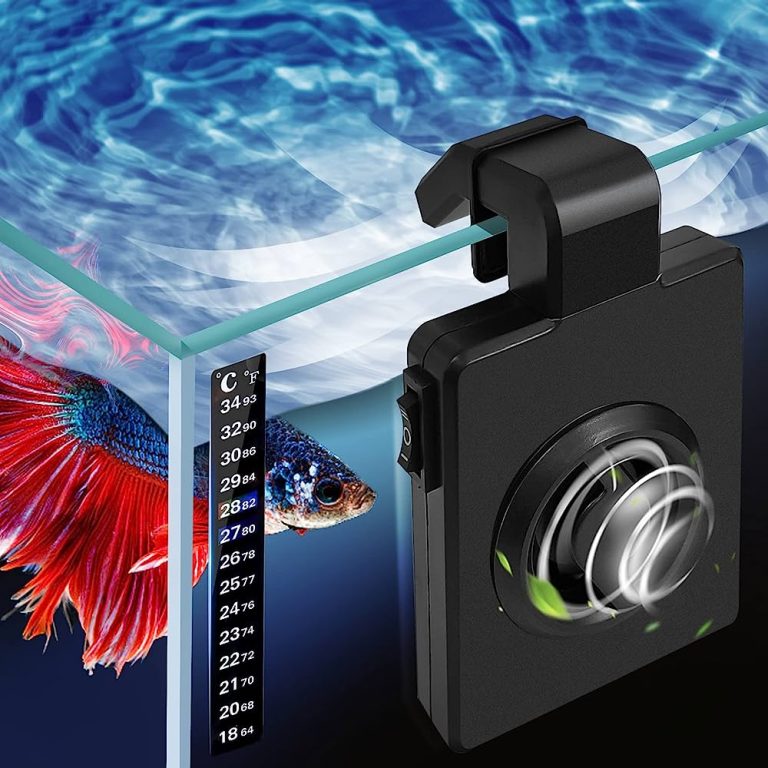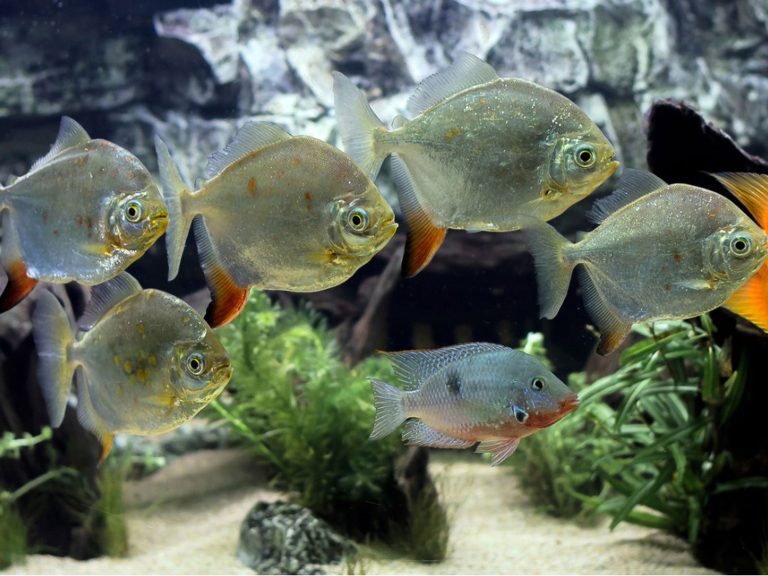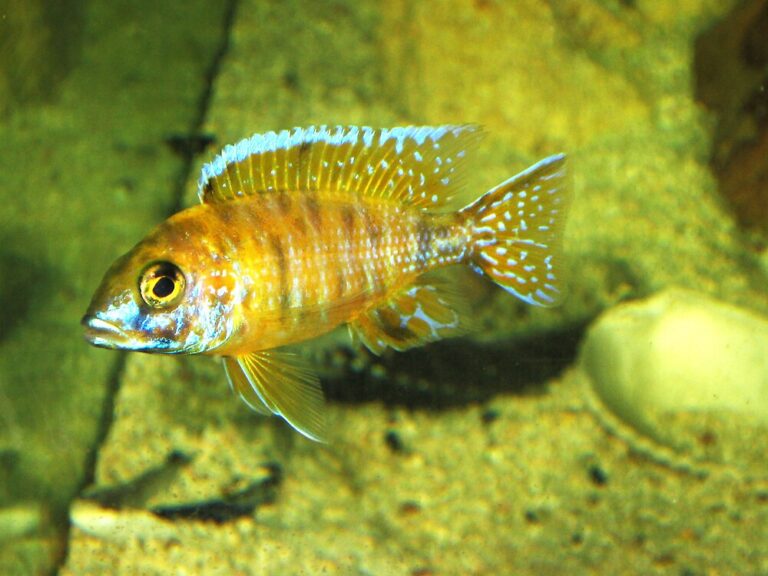Dropsy In Fish
Dropsy in Fish: Causes, Symptoms, and Treatment
If you’re a fish owner, you may have come across the term “dropsy” in relation to your beloved aquatic pets. Dropsy, also known as edema, is a common condition that affects fish, particularly those kept in aquariums. In this article, we will explore the causes, symptoms, and treatment options for dropsy in fish.
What is Dropsy in Fish?
Dropsy is a condition characterized by the accumulation of fluid in a fish’s body, causing its abdomen to become swollen and bloated. This condition is not a specific disease but rather a symptom of an underlying health issue. Dropsy can affect various species of fish, including goldfish, bettas, and guppies.
Causes of Dropsy
Dropsy can be caused by a variety of factors, including bacterial, parasitic, or viral infections. The most common cause is a bacterial infection, often originating from poor water quality in the aquarium. When the water becomes polluted, the fish’s immune system weakens, making them more susceptible to infections.
Other possible causes of dropsy include poor diet, overcrowded tanks, stress, and genetic predisposition. It’s essential to address these underlying issues to prevent the recurrence of dropsy in fish.

Symptoms of Dropsy
One of the most apparent symptoms of dropsy is a swollen abdomen in fish. However, there are other signs you should watch out for, including:
1. Raised scales: Fish affected by dropsy may have scales that stick out, giving them a pinecone-like appearance.
2. Loss of appetite: Dropsy can cause a decrease in the fish’s appetite, leading to weight loss and lethargy.
3. Bulging eyes: In severe cases, dropsy may cause the fish’s eyes to bulge out.
4. Erratic swimming: Infected fish may exhibit unusual swimming patterns or struggle to maintain their balance.
Treatment for Dropsy
Treating dropsy in fish can be challenging, and the outcome depends on the underlying cause and the stage at which the condition is detected. Here are some steps you can take to help your fish recover:
1. Isolate the affected fish: As soon as you notice symptoms of dropsy, it’s crucial to separate the infected fish from the rest of the tank to prevent the spread of infection.
2. Improve water quality: Maintaining clean water is essential for the overall health of your fish. Regular water changes and proper filtration can help prevent and treat dropsy.
3. Antibiotics: If a bacterial infection is the cause of dropsy, your veterinarian may prescribe antibiotics to address the underlying issue. Follow their instructions carefully and complete the full course of treatment.
4. Epsom salt baths: Adding Epsom salt to the aquarium water can help reduce swelling and promote healing. Consult with a fish specialist or veterinarian to determine the appropriate amount of salt for your specific fish.
5. Proper nutrition: A balanced diet rich in nutrients is vital for fish health. Ensure your fish receive a varied diet of high-quality flakes, pellets, and live or frozen foods to support their immune system.
Frequently Asked Questions
Q: Can dropsy be cured?
A: The prognosis for dropsy depends on various factors, including the underlying cause, the fish’s overall health, and the stage at which treatment is started. While dropsy can be challenging to cure, early detection and intervention can improve the chances of recovery.
Q: Can dropsy be prevented?
A: Yes, dropsy can be prevented by maintaining proper water quality, ensuring a balanced diet, and reducing stress in the aquarium environment. Regular monitoring and prompt action can help prevent and alleviate dropsy in fish.
Q: Is dropsy contagious?
A: Dropsy itself is not contagious, but the underlying infections or diseases that lead to dropsy can be transmitted to other fish. It is essential to isolate and treat infected fish to prevent the spread of infection.
Final Thoughts
Dropsy is a worrisome condition that affects many aquarium fish species. As fish owners, it’s important to be vigilant and provide the best care possible to prevent and treat dropsy. By maintaining a clean and well-regulated aquarium, offering a varied and nutritious diet, and seeking veterinary assistance when needed, you can help ensure the long and healthy lives of your finned friends. Remember, early detection and intervention are key to improving the chances of recovery for fish affected by dropsy.






